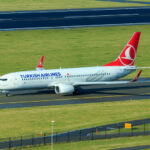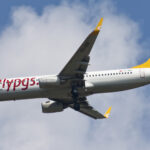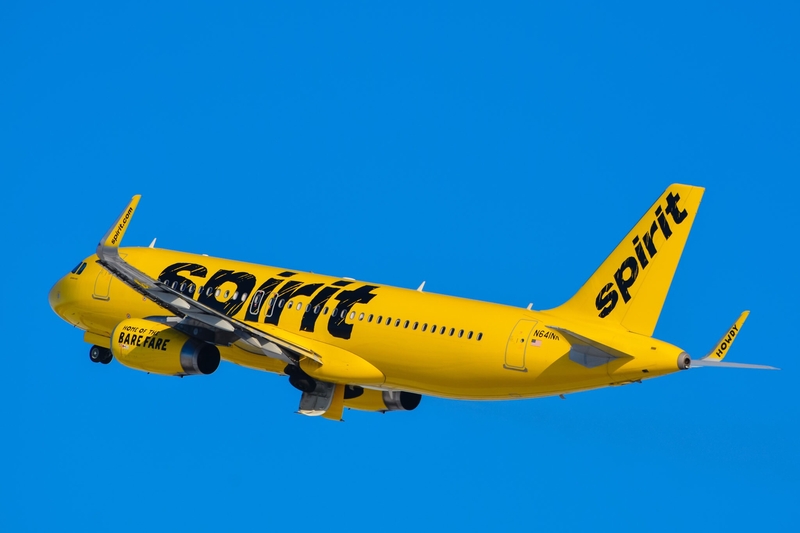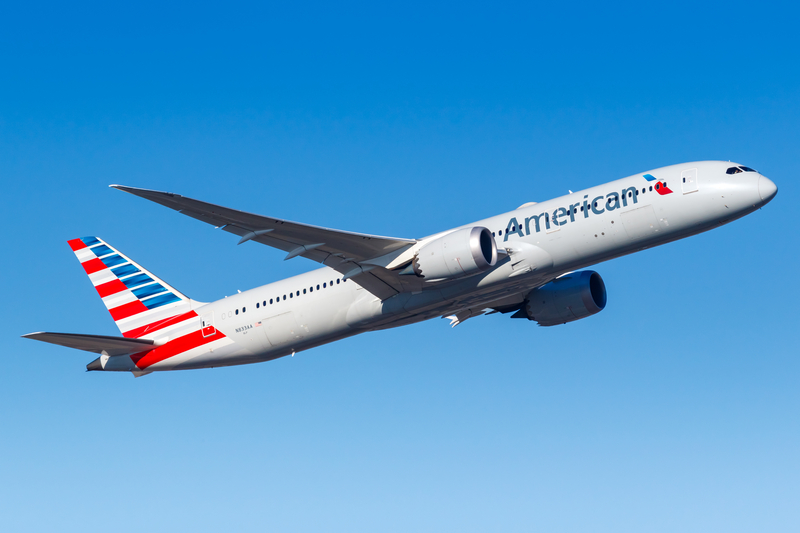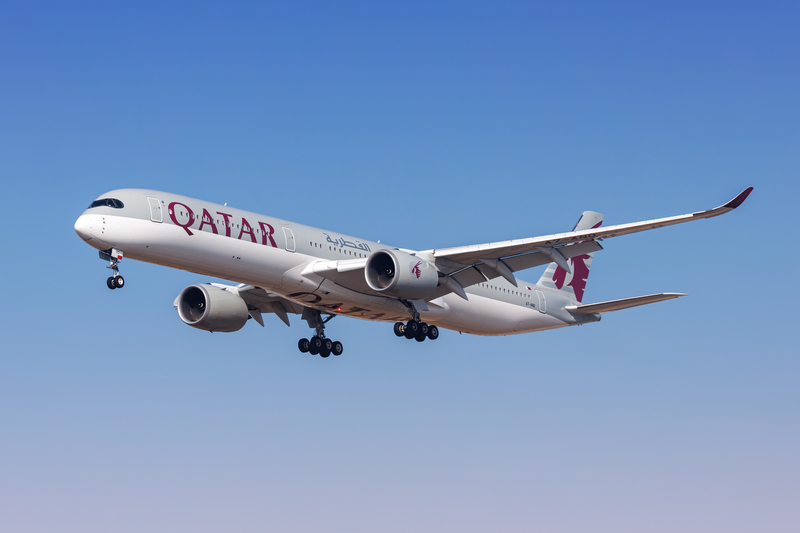Pegasus Airlines eyes Ljubljana for 2026
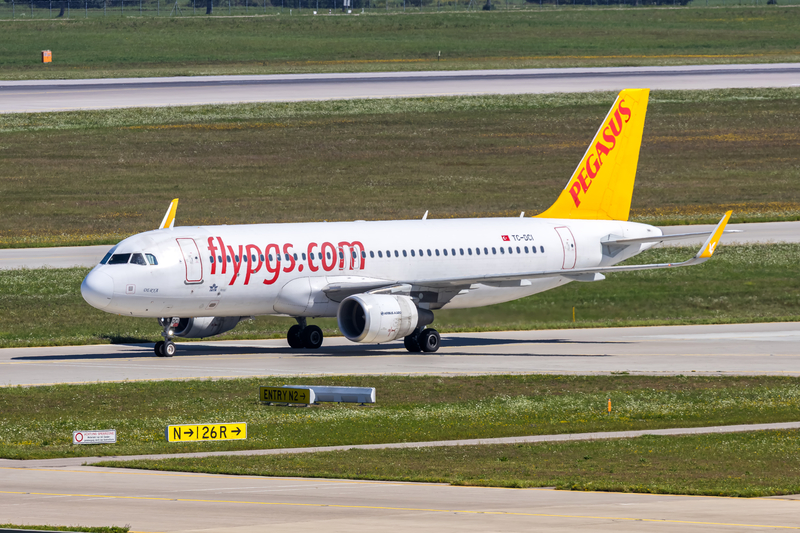
ID 405823978 | Air © Boarding1now | Dreamstime.com
Pegasus Airlines is weighing a 2026 launch from its Istanbul Sabiha Gökçen (SAW) hub to Ljubljana (LJU), a move that would finally bring a Turkish low-cost carrier to Slovenia’s capital. The plan hinges on government approvals under the Slovenia–Turkey air services framework, which still carries nationality clauses while long-stalled EU–Turkey “horizontal” aviation talks remain unresolved. If it proceeds, Ljubljana would become Pegasus’ eighth station in the former Yugoslavia, joining Belgrade, Pristina, Podgorica, Sarajevo, Skopje, Tuzla and Zagreb.
Why Ljubljana, why now
Istanbul is already Ljubljana’s busiest international market. Turkish Airlines has steadily grown capacity, flying up to 16x weekly in summer and 14x weekly in winter, and handled a record 115,899 passengers on the city pair from January through July—up 22.7% year-on-year. Much of that traffic is connecting over Istanbul to onward destinations in Asia, the Middle East and Africa.
Pegasus would come at the market from a different angle: a dense, low-fare product aimed primarily at point-to-point demand between Slovenia and greater Istanbul, while still offering through-ticket connections across its sizeable network to Anatolia, the Caucasus and the Middle East via SAW. That contrast—price-led local demand versus connection-heavy flows—creates room for both carriers, particularly at peak times.
The regulatory path
Slovenia’s ability to authorize a Turkish low-cost entrant depends on the bilateral agreement with Turkey. Many EU bilaterals still restrict market access based on airline nationality; Brussels has tried for over a decade to convert these into EU-wide accords with Turkey, but progress has been limited. Practically, that means any Pegasus entry will require either extra frequencies or designated-carrier flexibility under the existing Slovenia–Turkey bilateral, or a bespoke administrative arrangement. None of this is insurmountable—several EU states already host Pegasus services—but timelines can slip while ministries trade notes.
What Pegasus would likely fly—and how often
Pegasus’ narrow-body workhorses are Airbus A320neo and A321neo jets in high-density layouts (the A321neo typically seats ~230–240). SAW–LJU is a sub-two-hour sector, ideal for an A320neo rotation. A realistic ramp-up would be 3–4x weekly in shoulder seasons, nudging toward daily if load factors and yields hold through summer. Schedule planners will target late-morning or evening SAW departures to maximize short-haul feed from Anatolian spokes and popular leisure points (Antalya, Izmir, Bodrum in summer), with LJU timings that suit weekenders and VFR traffic.
Competitive dynamics with Turkish Airlines
Turkish Airlines (from IST) and Pegasus (from SAW) don’t directly compete airport-to-airport, but they do tussle for the same city-pair. Expect:
-
Fare segmentation: Pegasus undercuts average fares, stimulating new demand and pressuring Turkish’s lowest buckets.
-
Schedule vs. price: Turkish keeps the edge on global connectivity and frequency; Pegasus counters with simpler product and sharp pricing.
-
Network spillovers: Some LJU–Istanbul O&D travelers currently backtrack via EU hubs for price—Pegasus can repatriate part of that to the nonstop.
For Ljubljana Airport (operated by Fraport Slovenija), a second Istanbul operator diversifies risk, grows total seats in the top market, and helps rebuild Slovenia’s post-Adria collapse connectivity. Expect the airport to court Pegasus with marketing support and start-up incentives typical for first-entry LCC routes.
Who benefits in Slovenia
-
Leisure travelers and students get more weekend-friendly fares and timings.
-
VFR traffic among the Turkish and Balkan diasporas gains a cheaper nonstop.
-
SMEs and tour operators can price more aggressive packages into Istanbul and coastal Turkey.
-
Transfer flyers to the Middle East/Caucasus see a one-stop via SAW alternative to IST or EU hubs—often at lower total cost, if schedules align.
Risks and watch-items
-
Bilateral capacity caps: If the Slovenia–Turkey agreement limits weekly frequencies or designated carriers, Pegasus may need a political nudge.
-
Seasonality: Summer peaks are strong; winter may require tactical frequency pulls to keep load factors healthy.
-
Sloting at SAW: Sabiha is busy; securing optimal, bank-aligned slots matters for connection value.
-
Macro factors: FX swings, fuel costs and regional geopolitics can quickly reshape Turkey-EU demand.
Bottom Line
Pegasus entering Ljubljana in 2026 is plausible and strategically sound: there’s proven demand, a clear value proposition distinct from Turkish Airlines, and a short, efficient sector tailor-made for Pegasus’ neo fleet. The gating item is regulatory, not commercial. If the bilateral stars align, Slovene travelers should gain a cheaper, more frequent bridge to Istanbul—while Ljubljana Airport adds a meaningful low-cost player on its busiest route.
